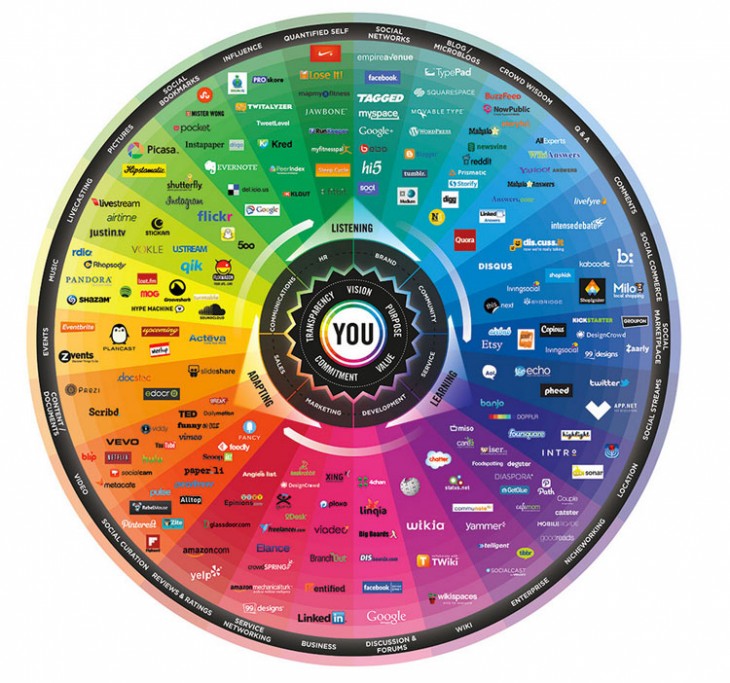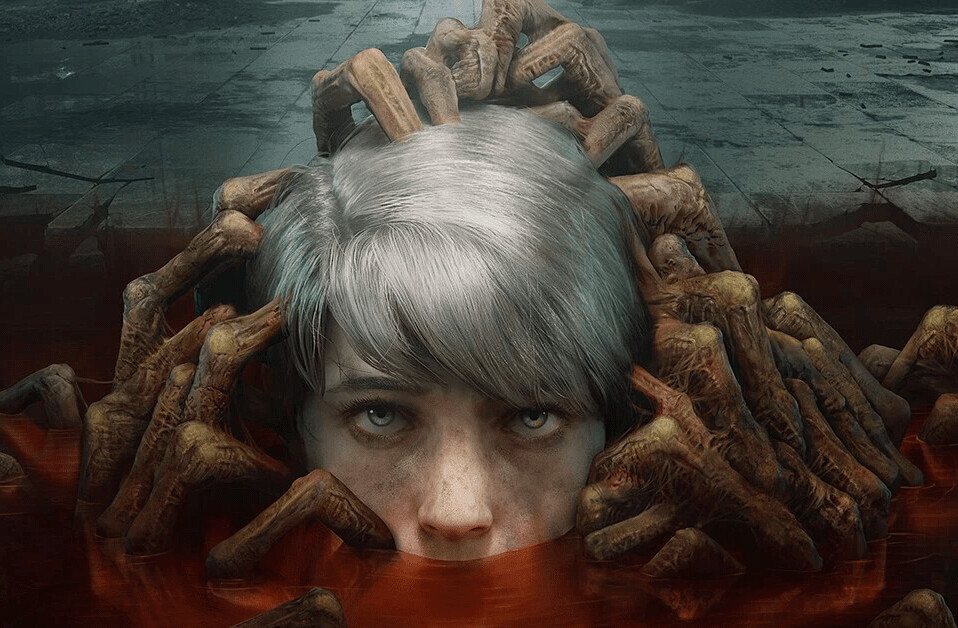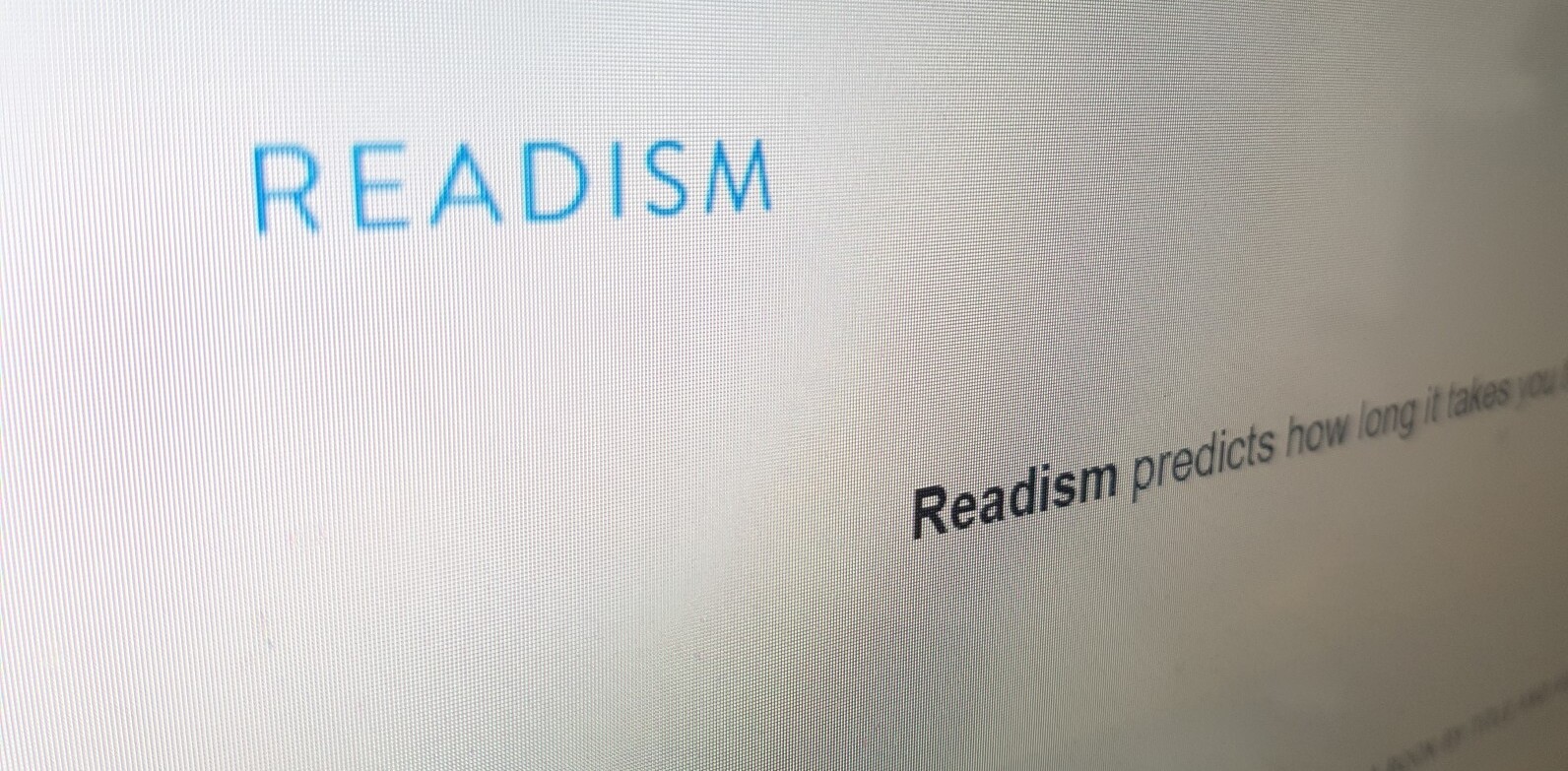
Brian Solis is a Principal Analyst at Altimeter Group, a research-based advisory firm that helps companies thrive with disruptive technologies. This post was originally published on the Shutterstock blog and has been reprinted with permission.
I am not a graphic artist, illustrator, or designer. I am also not a coder, programmer, or developer. Nevertheless, this doesn’t stop me from creating, nor should it stop you.
Over the years, I’ve invested in the development of an award-winning video series (Revolution), a series of popular tech-focused infographics that also became a business line of posters, successful apps, and online services that were eventually acquired. I’m learning as I go, but there’s one thing that I learned along the way that would change my perspective on everything I do.

Approaching design from a people-first frame of mind completely changes the product, the experience, and the outcome from that of a creative, design, or mediumalistic process.
What is mediumalism? It’s the act of placing inordinate weight on the technology of any medium, rather than amplifying platform strengths and conveying empathetic value propositions to create desired experiences and outcomes. This isn’t a call for debate, or my attempt to preach against existing philosophies; it’s merely an exploration of alternative approaches to enliven experiences beyond impressions, transactions, and engagement.
Before I produce anything, I am inspired by the challenges people face or the possibilities I see when something does not yet exist. My approach is to use design to solve problems, create opportunities, or spark innovation. Above all else, it must be empathetic; it must create an experience.
As such, this alternative first step is also one toward experience architecture. At your best, you’re unlocking an emotion, guiding actions and outcomes, enlivening desires or ambitions, and evoking self-expression, among a myriad of other things beyond attention, conversion, usability, and affinity.
Visual storytelling is an incredible catalyst, for instance, to put experience architecture into action. It’s a safe and effective way to familiarize ourselves with the process of designing experiences from a human-centered point of view. Visual storytelling is just that: it’s the ability to tell a story through a visual medium. It can be incredibly powerful. With the proliferation of social, mobile, and real-time, the ability to connect through visual narrative and talk to people is profound.
Therefore, I believe the best visual narrative begins with a people-first philosophy. Without understanding how the ground underneath us has and is shifting, we cannot differentiate between content marketing and visual storytelling. There’s a difference between those two terms and it has everything to do with experience architecture.
Experience architecture is first approached at a human level that assumes an impression is a given. The strategy then shifts from a focus on impressions to that of the expressions. The most effective visual storytelling affects one’s being, changing perspective and, ultimately, behavior upon impact.
Good design is intentional and not a natural byproduct of the everyday creative process. Yet, social streams are clogged with visual interpretations of branding, marketing and sales strategies that fail to engage audiences, create connections, and drive beneficial activities and reactions.

My philosophy boils down to this: People. Experience. Action.
Define the experience first and then architect its conveyance (or the medium), the desired response, the outcome, and the nature of the relationship moving forward.
Like visual storytelling, experience architecture is neither a gimmick nor a clever ruse to win your attention and then abandon you, your consideration, or relationships later in the customer lifecycle. It’s not forced, manipulating, or transactional. Human-centered creative, not mediumalism, becomes a form of sincere expression, rather than one of using platforms and clever ideas to compete for attention or compete for the moment.
Get the TNW newsletter
Get the most important tech news in your inbox each week.





